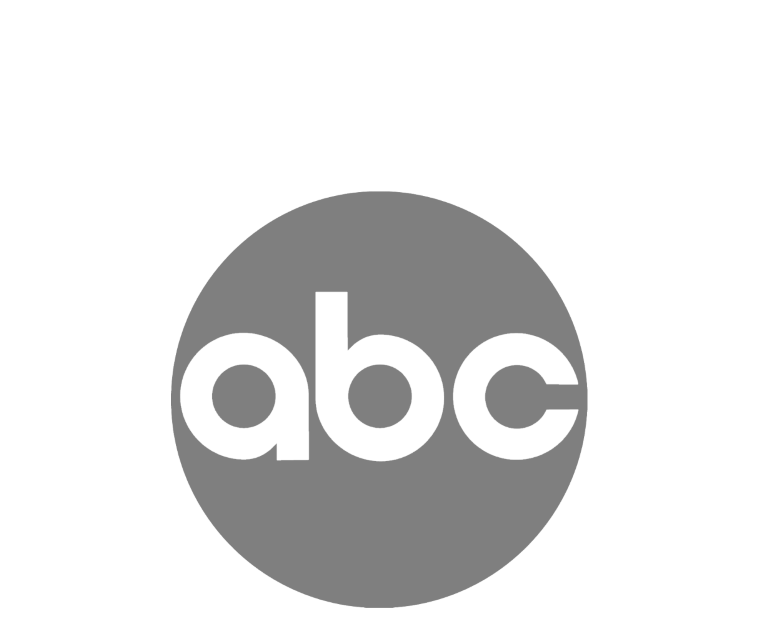Air traffic control overhaul to cost $31.5 billion, transportation secretary tells Congress
WASHINGTON D.C. -- It will take $31.5 billion to build a new air traffic control system for the country, Department of Transportation Secretary Sean Duffy told members of the House Wednesday. It is the first time the department has publicly put a dollar figure on the project.
“We will need more (money) to do it,” Duffy told lawmakers at a House Transportation and Infrastructure committee meeting. “… We’re talking $31.5 billion dollars to do the full project and my hope is that we’ll have an additional conversation about how we can do that. I think time is of the essence.”
Duffy and the DOT announced a plan in May to build a new air traffic control system by 2028. More than 25,000 new radios and 475 new voice switches will be deployed, and the DOT is also replacing 618 radars, but only if it can get the additional money it needs from Congress. Under President Trump’s recently passed “big beautiful bill,” a $12.5 billion down payment was secured to get started.
House members questioned the timeline for completing everything the DOT has promised to get done. Duffy pointed out the software, which he called “the heart of the system,” will require companies to come in and sell their product.
“It’s like you’re on your computer, you’re using Microsoft 95 versus what’s available today, there’s so much better technology, and this is the heart of making the system more efficient and safer,” Duffy said.
Duffy estimated it would take six to eight months to pick a company to update the software, then another six to 10 months to debug it, before it’s deployed.
Duffy also left the door open for Elon Musk’s Starlink to bid for involvement in the new air traffic control system.
Rep. Julia Brownley, a Democrat from California, said representatives wrote to the Federal Aviation Administration in March about concerns over a conflict of interest involving SpaceX employees consulting at the FAA. At the time, Musk was still involved in the Department of Government Efficiency and had been a vocal proponent of the company’s Starlink system.
Brownley said the FAA admitted on July 15 that conflicts of interest existed and that SpaceX employees were given waivers.
“I knew that everyone would be concerned about SpaceX coming to the FAA, and what we did was specifically guardrail them off from anything in space,” Duffy said. “What they really did was they came and looked at our air traffic control system. They talked to controllers; they talked to our tech people. They actually saw what equipment air traffic controllers were using.”
Brownley then questioned whether SpaceX would be able to be involved in the system rebuild after this incident. Duffy responded that at “some point, Starlink could bid” on issues that may require satellite communications.
Beyond the new air traffic control system, Duffy discussed a requirement that pilots complete 1,500 hours of flying before they can be hired by major airlines. The rule was created after the crash of Continental Connection Flight 3407 near Buffalo, New York, which left 50 people dead. The NTSB found that pilot error was to blame.
The rule has come up in conversations with lawmakers since Bryan Bedford, the newly appointed FAA administrator, would not commit to keeping it. Bedford is the former CEO of Republic Airways, a regional US airline that was left with a pilot shortage after the rule was created.
“In regard to 1,500-hour-rule, I have no plan to change it,” Duffy said. “But what I would do is say, if there’s data, that there’s some level four simulators that can give pilots experiences that they can’t get in their Cessna, to have them truly ready for what might be thrown at them while they’re in the air, would I consider that and have a conversation with all of you? Of course I would, because all of us want to make sure we have well-trained pilots in the cockpit.”
The-CNN-Wire
™ & © 2025 Cable News Network, Inc., a Warner Bros. Discovery Company. All rights reserved.

